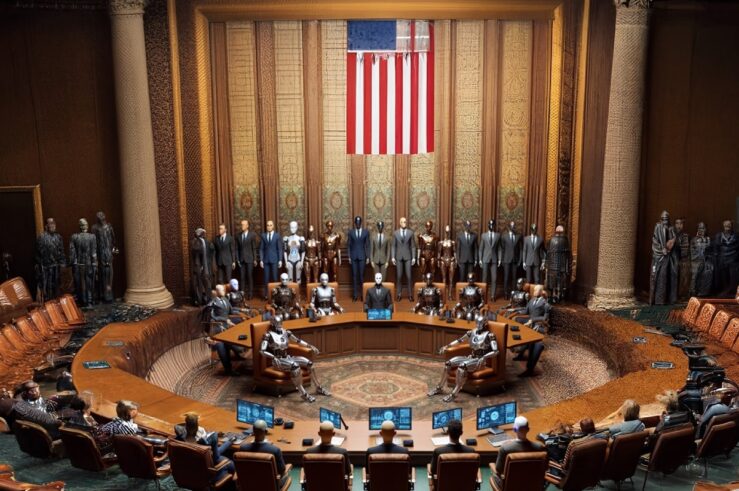The PCAOB members’ tenure unconstitutionally insulated them from executive supervision, but in David Zaring’s succinct summary
The remedy is the key, and although the Court didn’t explain the remedy too clearly, it basically excised the removal protections, making members of the PCAOB removable at will by the President * * * and handed petitioners a pretty empty declaratory victory.
Here’s an excerpt from the opinion concerning the remedy (most cites omitted):
“Generally speaking, when confronting a constitutional flaw in a statute, we try to limit the solution to the problem,” severing any “problematic portions while leaving the remainder intact.” * * * Because “[t]he unconstitutionality of a part of an Act does not necessarily defeat or affect the validity of its remaining provisions,” * * * the “normal rule” is “that partial, rather than facial, invalidation is the required course” * * *
The Sarbanes-Oxley Act remains “‘fully operative as a law'” with these tenure restrictions excised. * * * We therefore must sustain its remaining provisions “[u]nless it is evident that the Legislature would not have enacted those provisions . . . independently of that which is [invalid].” * * * The remaining provisions are not “incapable of functioning independently” * * * and nothing in the statute’s text or historical context makes it “evident” that Congress, faced with the limitations imposed by the Constitution, would have preferred no Board at all to a Board whose members are removable at will. * * *
Oh yeah? “Nothing in the statute’s text or historical context”? Well, here’s an excerpt from a Cato amicus brief Henry Butler and I joined (at 8-9):
[I]n its degree of insulation from presidential oversight and control, the Board is alone among all other agencies, past or present. Pet. App. 42a, 43a (Kavanaugh, J., dissenting) (noting the “world of difference between the legion of [independent] agencies and the PCAOB” and describing the latter as a structure seen “never before in American history”). Congress’s decision to strip the President of all appointment and removal power was quite deliberate: It aimed to give the Board “unchecked power, by design.” 148 Cong. Rec. S6327-06, S6334 (daily ed. July 8, 2002) (statement of Sen. Gramm).
Indeed, recall that SOX was passed in an atmosphere of deep distrust of the president’s business dealings. The last thing Congress wanted was a Board the president could stack with his business cronies.
Moreover, it’s worth keeping in mind, as I said early on about the possibility this case might lead to invalidation of SOX:
Obviously this would be a drastic, unprecedented move against a major piece of legislation that, for all its flaws, has been vigorously defended by prominent politicians and journalists. Even the constitutional lever is unlikely to be enough.SOX wasn’t just a bad law, but a uniquely bad law, passed under uniquely bad conditions without any of the safeguards that normally accompany major legislation.
In other words, given the significant argument for a broad remedy here and the Court’s conclusion on the unconstitutionality of board’s tenure, the Court should have sent a message to Congress about constitutionally sloppy legislation.




